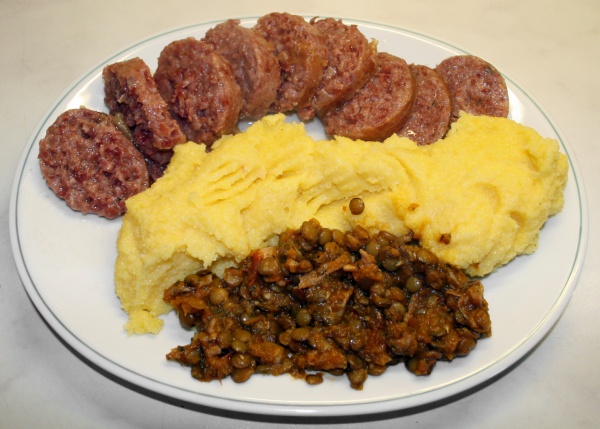Facts About Polenta
Polenta is a cherished dish made from boiled cornmeal. While traditionally crafted from corn, it was historically made from various grains. You can savor it as a warm, comforting porridge or let it cool and solidify into a loaf that's ideal for baking, frying, or grilling. Typically, yellow maize is the preferred grain, but polenta can also be made from buckwheat, white maize, or a blend of grains, each imparting a distinctive texture.
Polenta is a staple in Northern Italian, Swiss, Slovenian, Balkan, and some Central Italian cuisines. In Romania and Moldova, it is referred to as "mămăligă" and in Hungary, it is known as "puliszka."
The origins of polenta trace back to Roman times when a grain mush called "puls" or "pulmentum" was a common meal. Before corn was introduced to Europe in the 16th century, polenta was made from wheat, chestnut flour, millet, and chickpeas.
The term "polenta" comes from the Latin "polenta" meaning hulled and crushed grains, particularly barley-meal. This traces back to the Latin word "pollen" meaning "fine flour" which shares its root with "pulvis" meaning "dust."
Traditionally, cooking polenta involves simmering it in water for about 45 minutes while constantly stirring to ensure uniform gelatinization of the starch. Nowadays, quick-cooking polenta is available for a faster meal, though purists often feel it lacks depth of flavor. Modern techniques, such as utilizing a microwave or slow cooker, also help expedite the process.

 Croatia
Croatia